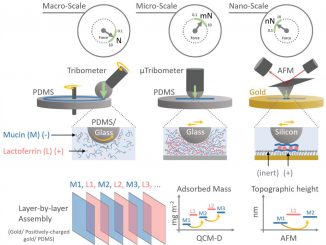
Bio Tribology
Unmasking the Mechanism Behind Human Saliva Lubrication
Xerostomia, or dry mouth, is a condition in which the salivary glands found in the mouth do not produce enough saliva to keep the mouth wet. The condition of dry mouth often occurs as a […]